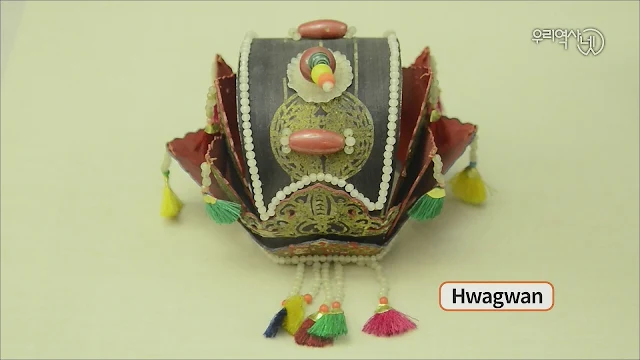Recently as the Korean zombie dramas gains explosive popularity on Netflix (2019), the hats worn by actors in the drama aroused great interest from foreigners. This interest has led to people purchasing and collecting Korean Gat offline.
In Korea, There are various forms of Gat in Joseon period. If you look at the hats worn by the greats in the South Korean banknotes, they are all wearing different hats.
The Scholar Yi Hwang who represented the Joseon Dynasty is wearing a bokgeon, Yi I , a disciple of Yi Hwang is wearing the Jeongjagwan worn by nobles at home. King Sejong the Great, who created Hangeul, Korean alphabet is wearing the ikseongwan, a hat used while performing his king's duties.
Depending on what kind of hat you are wearing, you can see his or her identity and what he or she does. Commoners wore hats but those who could not afford it, they just exposed topknots.
In case of women, there are many women who wear sseugaechima used to cover a woman's face which was usually polite not to show their face. On wedding day Women wore either jokduri or hwagwan.
When it rains, people wears a hot over the Gat, and when the weather is cold, he/she wears first put on a hwihang and then put their a hat on top. In the Joseon Dynasty, scholars believed that the right spirit came from the right attire, so the Gat represented the pride, dignity, and status of the scholar.
How to wear Gat.
First, pull your hair into a topknot and then cover it with the sangtugwan, wear a manggeon(a net hat) to prevent hair from flowing down, and adjust it to fit your head. Then, put the tanggeon hat on and finally the Gat on top of it.
The width of the hat was slightly wider than the shoulder of an adult male, but as time went on, the Gat started to get bigger and the accessories on the hat started to become more glamorous and luxurious, so the nation banned it. At the time the price of one was about almost a month and a half's wages for a government employee.
In the 19th century (the year of 1895) , the Japanese colonial rule, the culture of wearing Gat began to disappear with implementation of the decree bannning topknots. After that, the artisans who produced the Gat also reduced, so they are designated as national intangible cultural assets to protect their skill.










